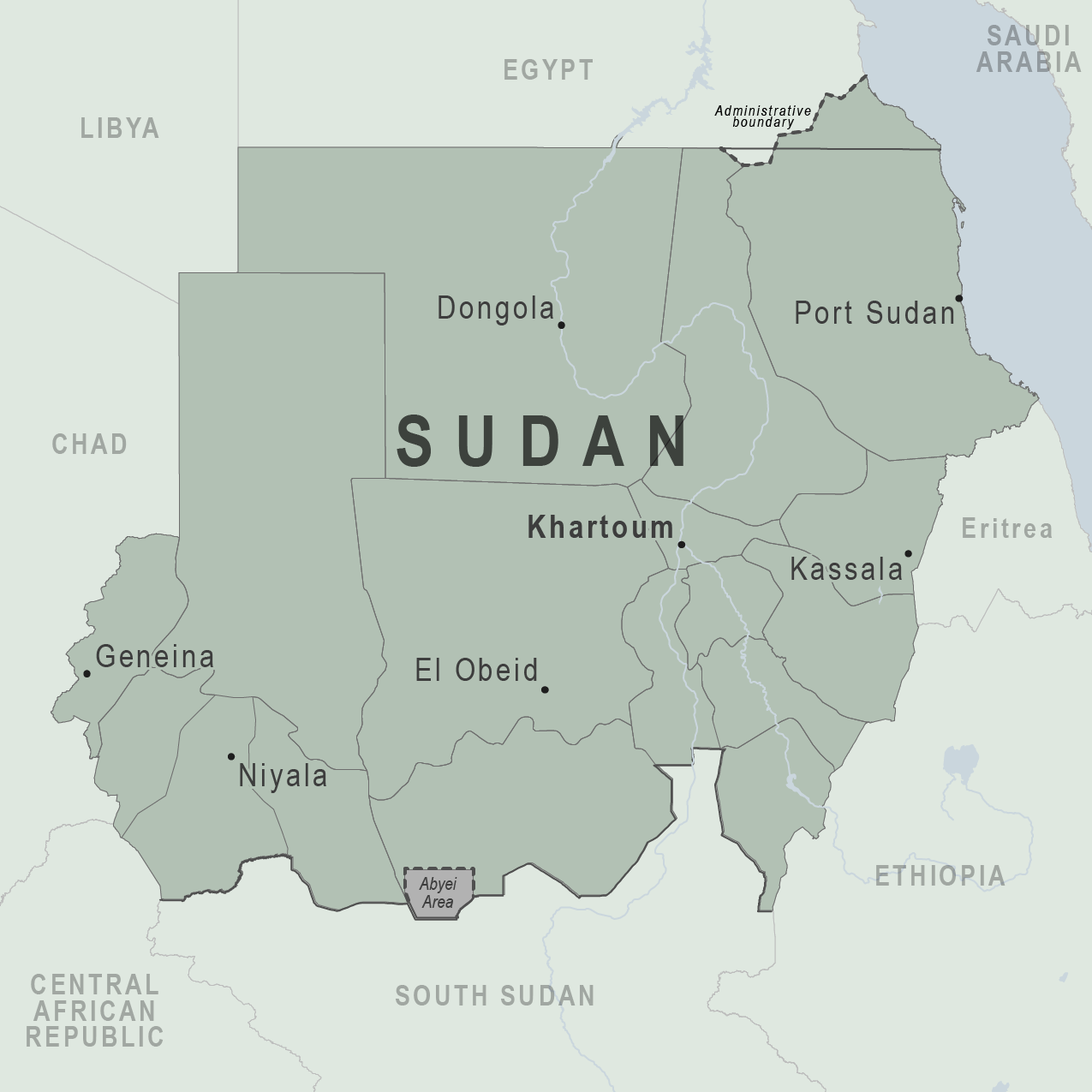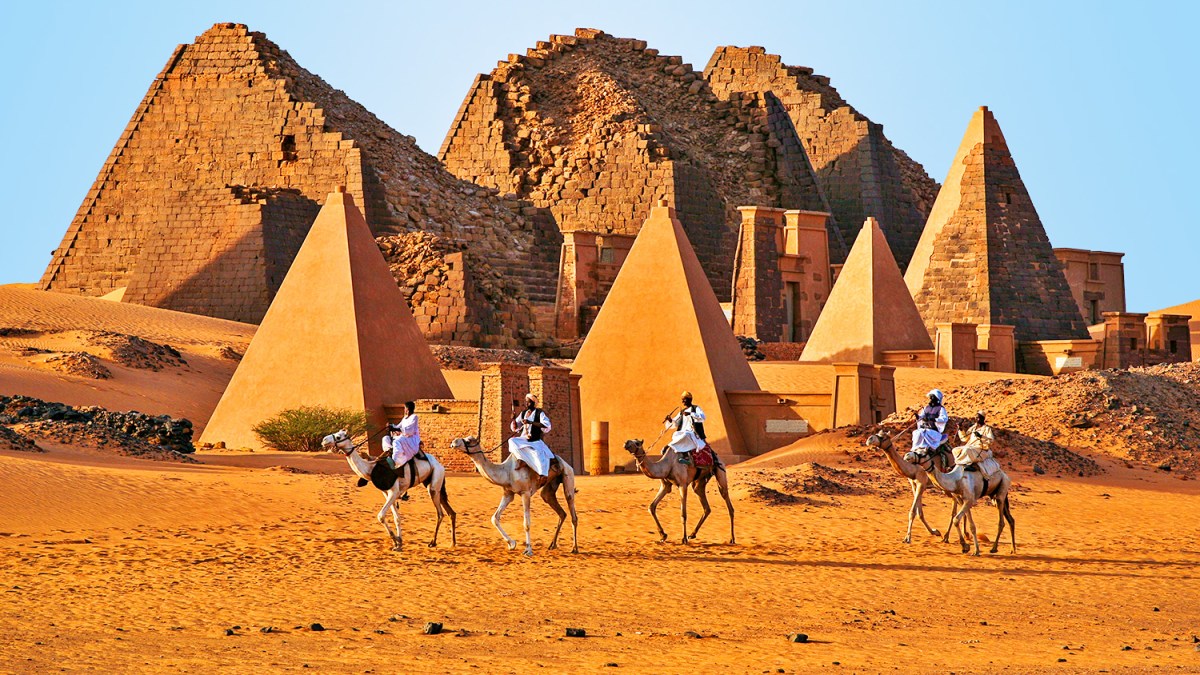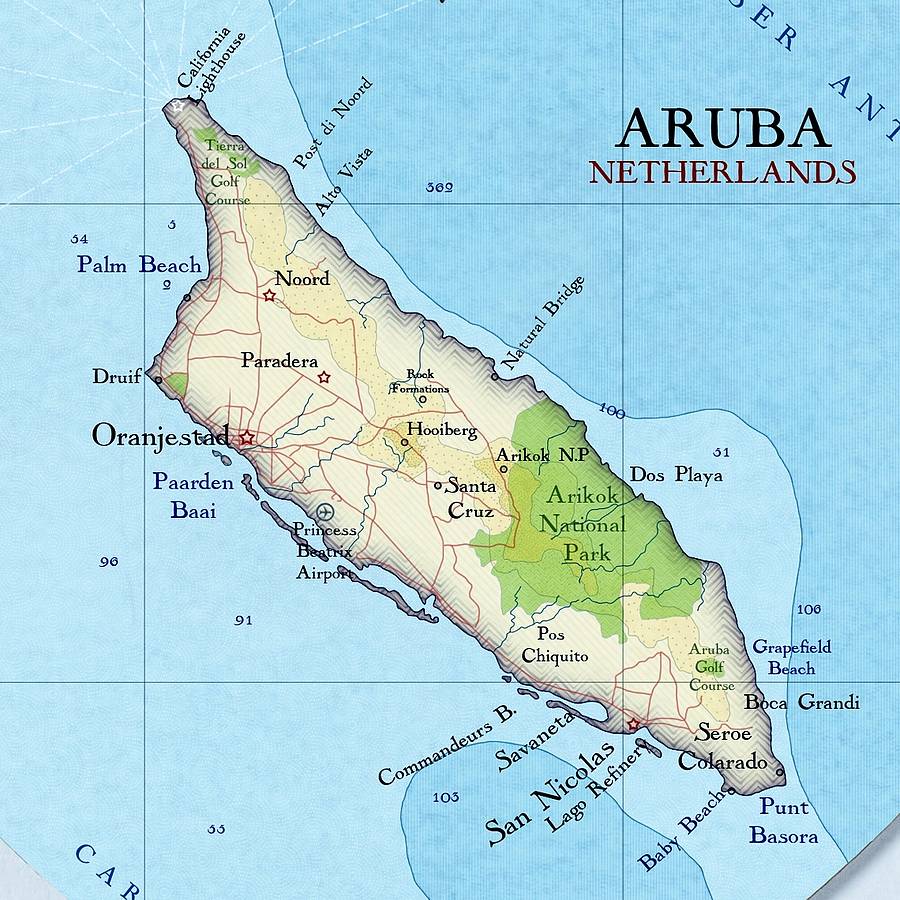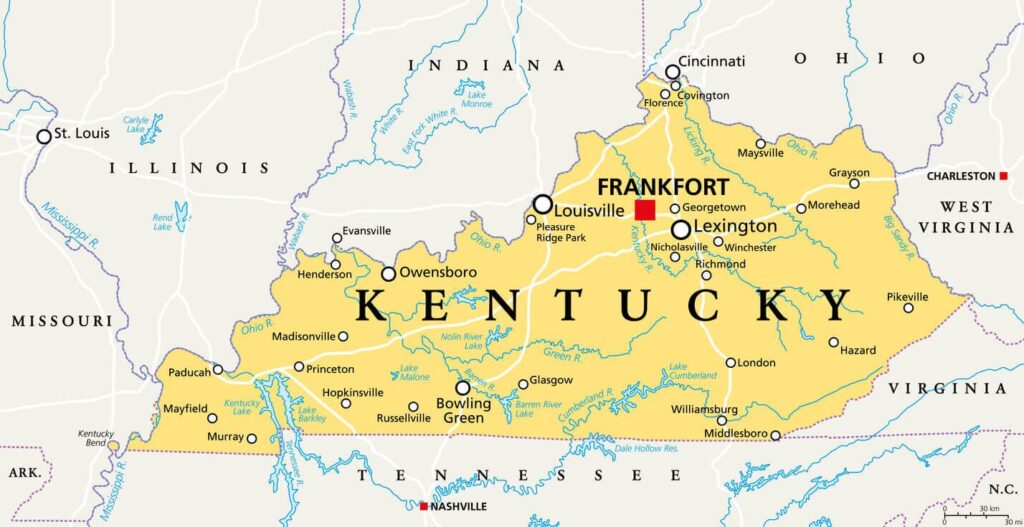Introduction to Sudan
Sudan, officially known as the Republic of the Sudan, is the third-largest country in Africa by land area. It is bordered by Egypt to the north, the Red Sea to the northeast, Eritrea and Ethiopia to the east, South Sudan to the south, the Central African Republic to the southwest, Chad to the west, and Libya to the northwest. Sudan has a diverse population, with over 40 million people representing various ethnic groups and cultures.
Geography and Maps
Physical Map of Sudan
Sudan’s geography is characterized by a diverse landscape that includes deserts, mountains, and river valleys. The Nile River, the longest river in the world, flows through the country from south to north, shaping much of its terrain. The eastern region of Sudan is dominated by the Red Sea Hills, while the western part consists of the Sahara Desert.
Political Map of Sudan
Sudan is divided into 18 states, each with its own government and administrative structure. The capital city, Khartoum, is located at the confluence of the Blue Nile and White Nile rivers and serves as the political, cultural, and economic center of the country.
Topographic Features
Sudan’s topography includes several notable features, such as the Nuba Mountains in the center of the country, the Bayuda Desert in the northeast, and the Marrah Mountains in the Darfur region. These geographical features not only shape Sudan’s landscape but also influence its climate and ecosystems.
History and Culture
Ancient Civilizations
Sudan has a rich history dating back thousands of years, with evidence of ancient civilizations such as the Kingdom of Kush and the Meroitic Empire. These civilizations flourished along the Nile River and left behind impressive archaeological sites, including the pyramids of Meroe and the temples of Soleb and Naga.
Colonial Period
Sudan was colonized by the British and Egyptians in the 19th century and remained under joint British-Egyptian rule until gaining independence in 1956. The colonial period had a profound impact on Sudan’s political, social, and economic development, leading to tensions between the north and south.
Independence and Modern History
Sudan gained independence from British-Egyptian rule in 1956 but has since experienced periods of political instability, civil war, and conflict. The country’s history includes the first and second Sudanese civil wars, which ultimately led to the secession of South Sudan in 2011.
Cultural Landmarks
Sudan is home to numerous cultural landmarks, including ancient pyramids, temples, and archaeological sites. The country’s diverse population also contributes to its rich cultural heritage, with traditions, music, dance, and cuisine influenced by various ethnic groups and religions.
Economy and Natural Resources
Key Industries
Sudan’s economy is primarily based on agriculture, with crops such as sorghum, millet, and wheat being the main agricultural products. The country also has significant natural resources, including oil, gold, and minerals, which contribute to its economy.
Natural Resources
Sudan is endowed with abundant natural resources, including oil reserves in the south and east, gold deposits in the Red Sea Hills, and vast arable land along the Nile River. However, the exploitation of these resources has been hindered by political instability and conflict.
People and Society
Demographics
Sudan’s population is ethnically and culturally diverse, with over 500 ethnic groups speaking more than 100 languages. The majority of Sudanese are Muslim, although there are also Christian and indigenous religious communities.
Languages and Religion
Arabic is the official language of Sudan, and Islam is the dominant religion, with the majority of the population adhering to Sunni Islam. However, there are also Christian and indigenous religious communities, particularly in the south and west of the country.
Social Issues
Sudan faces various social issues, including poverty, unemployment, and access to basic services such as healthcare and education. Political instability and conflict have also contributed to humanitarian crises, displacement, and refugee flows in the region.
Tourism and Attractions
Historical Sites
Sudan boasts numerous historical sites and archaeological wonders, including the ancient pyramids of Meroe, the temples of Soleb and Naga, and the ruins of the Kingdom of Kush. These sites offer a glimpse into Sudan’s rich history and cultural heritage.
Natural Attractions
From the majestic Nile River to the towering peaks of the Marrah Mountains, Sudan’s natural attractions are diverse and breathtaking. Visitors can explore the Red Sea coast, trek through desert landscapes, and embark on wildlife safaris in national parks and reserves.
Cultural Experiences
Sudan offers unique cultural experiences, from vibrant markets and traditional festivals to the warm hospitality of its people. Visitors can immerse themselves in Sudanese culture by sampling local cuisine, learning traditional crafts, and attending cultural events.
Conclusion
Sudan is a country of contrasts, with a rich history, diverse culture, and varied landscapes. From ancient pyramids and archaeological sites to modern cities and natural wonders, Sudan offers a wealth of experiences for travelers and explorers alike.
How big is the Sudan map?
The size of a map of Sudan can vary depending on its scale and purpose. However, Sudan is the third-largest country in Africa by land area, covering approximately 1.86 million square kilometers (718,723 square miles).
What are 5 facts about Sudan?
- Sudan is the largest country in Africa by land area.
- The Nile River, the longest river in the world, flows through Sudan.
- Sudan has over 200 ethnic groups and more than 100 languages spoken.
- The ancient Kingdom of Kush, located in present-day Sudan, was one of the earliest civilizations in Africa.
- Sudan gained independence from British-Egyptian rule in 1956.
What is the old name of Sudan?
The old name of Sudan was “Nubia.” Historically, the region was known by various names, including Kush, Meroe, and Nubia.
Which geographic feature is located in Sudan?
Sudan is home to the Nile River, the longest river in the world, which flows through the country from south to north.
What are 2 major landforms in Sudan?
Two major landforms in Sudan are the Sahara Desert in the north and the Nile River Valley in the east.
What is Sudan best known for?
Sudan is best known for its rich history, cultural heritage, and diverse geography. It is also known for being home to ancient civilizations, such as the Kingdom of Kush, and for its archaeological sites and pyramids.
Which plateau is found in Sudan?
The Darfur Plateau is found in Sudan. It is a region of high elevation in western Sudan, characterized by flat-topped hills and plains.
What is Sudan’s highest point?
The highest point in Sudan is Jebel Marra, a volcanic massif located in the Darfur region. It rises to an elevation of approximately 3,042 meters (9,980 feet) above sea level.
What body of water is Sudan on?
Sudan is bordered by several bodies of water, including the Red Sea to the northeast and the Nile River, which flows through the country from south to north.
What is the traditional food of Sudan?
One traditional food of Sudan is “ful medames,” a dish made from fava beans that are cooked and mashed, typically served with olive oil, lemon juice, garlic, and spices. It is a popular breakfast dish in Sudan.
- The Red Scare And McCarthyism In The USA! - August 19, 2024
- The Elite Special Forces Of Ancient Greece! - August 18, 2024
- Which US State Has The Most Venomous Reptiles? - August 18, 2024





